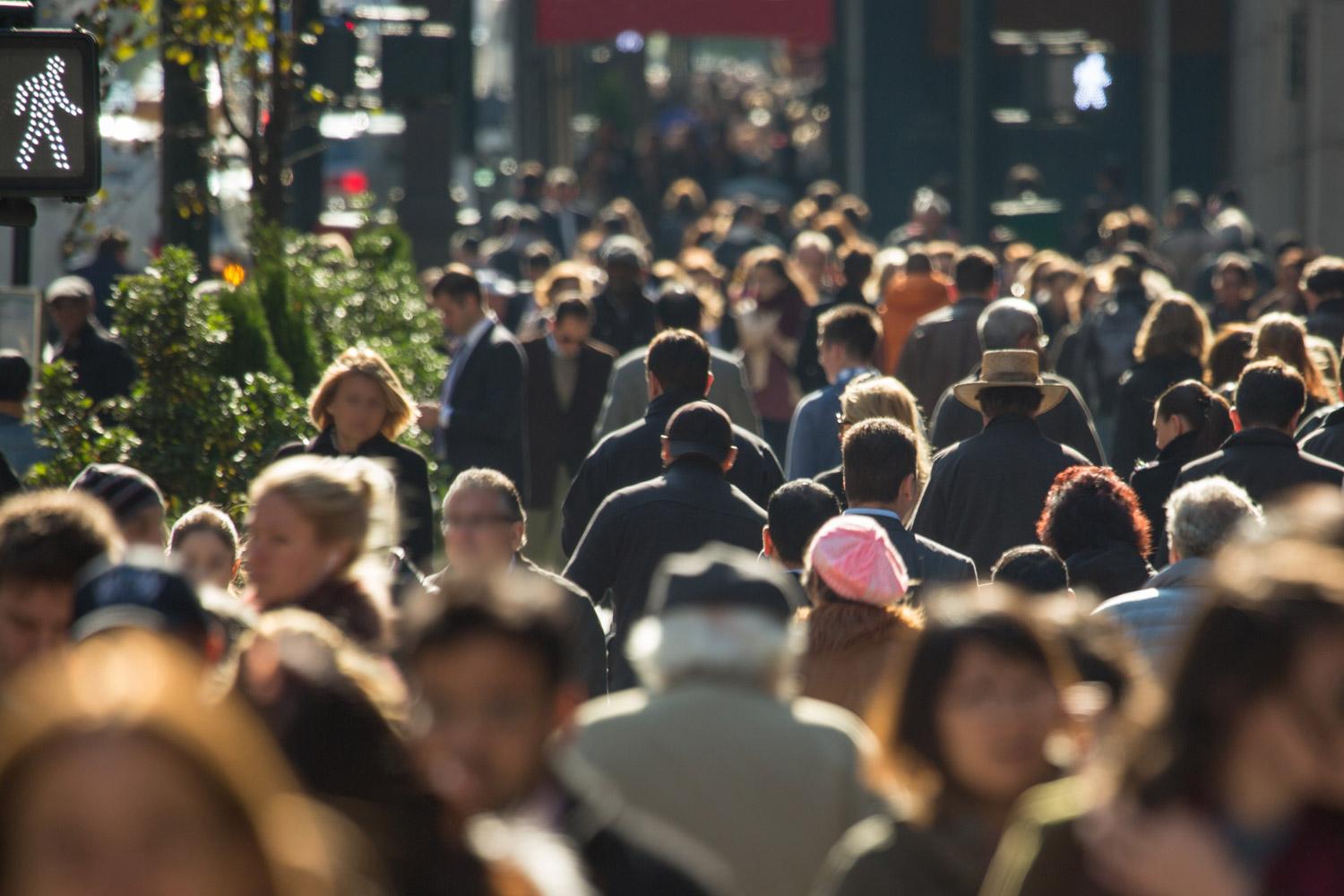
UG Expeditionary Friday Update
October 26, 2018
Climate Change - What is the risk of storm surge?
The day started with a viewing of a few videos about Hurricane Sandy featuring former BCS students. Then students headed to Red Hook to observe storm surge and flooding levels from the hurricane and collect elevation data for Red Hook. After lunch, students returned to school to work on a topographic map, using data collected from their fieldwork. They will use these maps to show sea-level rise risk in Red Hook.
Green Engineering - How does NYC get its electricity?
Students visited a co-generation plant in the Brooklyn Navy Yard to see how electricity and steam are generated for the city. Then they observed an electrical substation to get first-hand knowledge of what these important parts of the NYC electrical grid look like.
Physics - How can we describe the relationship between time and position?
Physics students participated in a design challenge. Their investigation is the paradigm lab for Unit 2: Constant Velocity. Every group of students’ design for deriving the relationship between position and time will have a proportional outcome, because the vehicle chosen specifically for this lab travels at a constant velocity. This way, the distance divided by time will have a constant rate of change, allowing us to derive the main formula of the unit: v=d/t.
Chemistry - How do environmental and man-made conditions impact our air quality?
Chemistry students designed an investigation to determine how various environmental and man-made conditions affect air quality. Next, students engaged in a neighborhood tour of Sunset Park, Gowanus, or Red Hook to determine locations of pollutant sources. Finally, they collected and analyze the amount of particulate matter present in these locations.
Biology - How sensitive are bacteria to various antibiotics?
Biology students already completed a web quest to help them build background knowledge on antibiotics and E. coli, and combined with their previous class research on bacterial quorum sensing, they developed a targeted hypothesis based on their predictions. In addition, they described the methods and purpose of the Kirby-Bauer lab itself, and how it is a reliable test for antibiotics' efficacy. On Friday, students collected data from their petri dishes and did mathematical analyses after compiling the data from all biology classes. This is the lab for “The Bad” case study, and the lab report is the unit summative assessment. The case study is part of the "Bacteria: The Good, The Bad, and the Ugly" expedition.
Ecology - Why is biodiversity important?
In Ecology, students have made simple models of ecosystems/food webs in Unit 1. As we progress, they use more detailed scientific information to create higher quality models. On Friday, they traveled to the AMNH and studied various organisms in the Hall of Biodiversity. This gave students additional information (beyond their classwork) on how organisms are related. Students learned about different classifications of organisms by drawing scientific diagrams of organisms from different clades. This will help them create higher quality models of ecosystems throughout the semester. They will use their work as a reference for future assignments on creating models of ecosystems when adding descriptions and details of organisms and their interactions.























